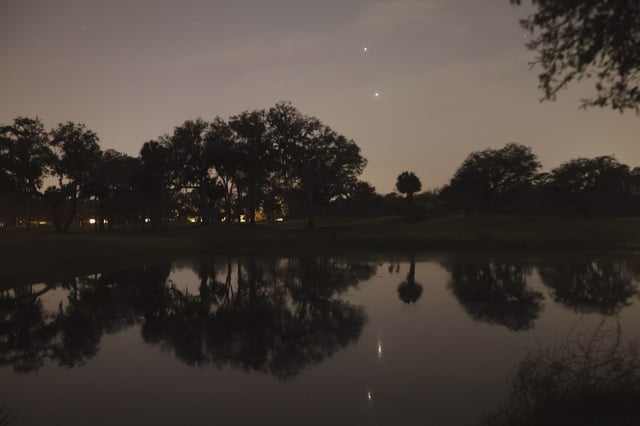Overview
- Venus and Jupiter will appear just 0.9° apart around dawn on Aug. 12, shining at magnitudes near −4.0 and −1.9 respectively.
- Mercury emerges above the eastern horizon around Aug. 12, climbs to its highest pre-sunrise altitude on Aug. 19 and remains visible through about Aug. 26.
- Saturn serves as a bright naked-eye marker while Uranus and Neptune require binoculars or a small telescope, which can also reveal Venus’s crescent phase.
- Ideal viewing occurs 45–90 minutes before sunrise facing east to east-northeast with an unobstructed horizon and allowance for local rise times.
- Meteor enthusiasts eyeing the Perseid peak overnight on Aug. 12–13 should expect fewer visible trails due to bright waning moonlight.



